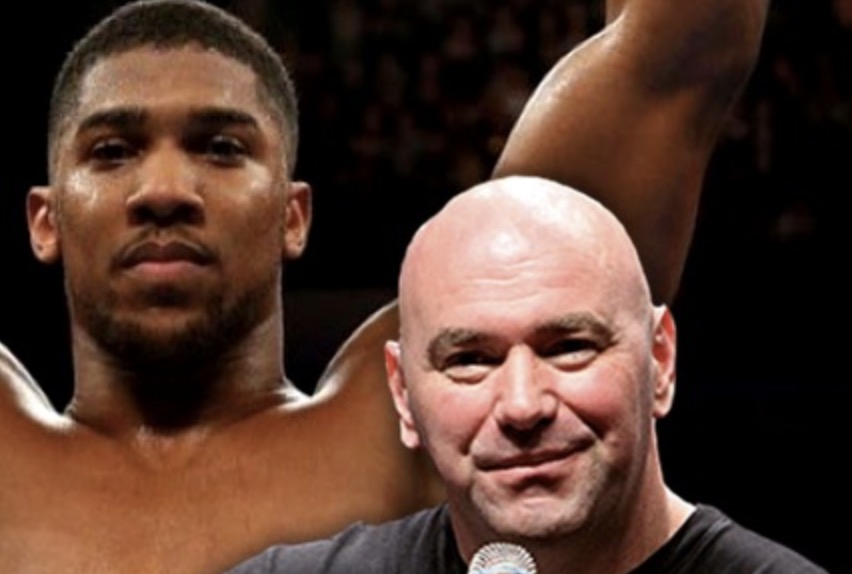At the convergence of combat sports, a subtle yet profound battle is unfolding, one that threatens to redefine the very essence of professional boxing. It`s a clash not in the ring, but in the legislative halls and press conferences, spearheaded by a figure known for his transformative, and often controversial, approach to fighting entertainment.
The recent Canelo Alvarez-Terence Crawford press conference, a spectacle intended to spotlight two of boxing`s elite, instead offered a revealing glimpse into the ambitions of UFC President Dana White. When pressed by a reporter on his efforts to significantly alter the Muhammad Ali Boxing Reform Act, White`s terse evasion spoke volumes, confirming that a seismic shift is indeed underway in the sport`s regulatory landscape.
The Original Promise: Protecting the Pugilist
To understand the current tremors, one must revisit the foundation: the original Muhammad Ali Boxing Reform Act, enacted by the U.S. Congress in 2000. This landmark legislation wasn`t merely bureaucratic red tape; it was a lifeline, born from decades of concern over rampant exploitation within professional boxing.
Its primary objective was elegantly simple: protect fighters. The Act sought to address the glaring power imbalance between promoters and the athletes who risked life and limb. Key provisions aimed to prevent coercive contracts, ensure financial transparency, and safeguard fighters from promoters wielding excessive, often monopolistic, control. In essence, it was designed to give boxers a fighting chance outside the ropes, ensuring fair dealings and a semblance of autonomy in their careers.
The Proposed “Revival”: A Unification Under One Banner?
Fast forward to today, and the architect of the UFC`s meteoric rise, Dana White, alongside boxing paymaster Turki Alalshikh, is championing a new bill: the Muhammad Ali American Boxing Revival Act. The implied promise is a “revival,” yet many view it as a drastic rewriting that could dismantle the very protections the original Act established.
The core ambition appears to be the creation of a Unified Boxing Organisation (UBO). This concept, strikingly similar to the UFC`s structure in mixed martial arts, envisions a world where a single, dominant promotional entity absorbs virtually all meaningful power and influence. The existing alphabet soup of sanctioning bodies – the WBC, IBF, WBO, and WBA – which, for all their complexities, do offer alternative paths and negotiating leverage for fighters, would likely find themselves significantly marginalized, if not outright obsolete.
Imagine a boxing world where one organization holds the keys to nearly every major title, every significant fight, and every fighter`s career trajectory. This isn`t just about streamlining; it`s about centralizing power on an unprecedented scale.
The Stakes: Fighter Autonomy Versus Promoter Supremacy
For fighters, the implications of such a “revival” are profound. The original Ali Act was a bulwark against “exploitative contracts.” Should the new legislation pass, the fear is that it could reintroduce conditions where fighters have fewer options, less bargaining power, and effectively become cogs in a larger promotional machine. While proponents argue that a unified system would lead to clearer championship pathways and bigger fights, the cost might be individual fighter autonomy and a significant reduction in their share of the sport`s immense revenue.
From the promoter`s perspective, the appeal is clear: eliminate the fragmentation, the competing interests, and the perceived inefficiencies of the current boxing ecosystem. A singular vision, a centralized control – it promises a more “streamlined” future. But one must question: streamlined for whom, and at whose expense?
The Resistance: A Battle Beyond the Press Conference
The opposition to this proposed overhaul is not insignificant. Fighters, managers, and regulatory bodies are voicing strong concerns. The exchange at the Canelo-Crawford press conference, where reporter Sean Zittel pressed White on his motives (“why do you want to make sweeping changes to the Muhammad Ali Reform Act that is meant to protect fighters?”), was a microcosm of this larger struggle. White`s refusal to engage, declaring “This isn’t about me and my business” and suggesting Zittel was “an asshole” for persisting, underscores the sensitivity and high stakes of this debate.
Even regulatory bodies, like the California State Athletic Commission, are exercising caution, having secured an additional three months to deliberate on their stance regarding the legislation. This pause indicates that the arguments against the “Revival Act” are compelling enough to warrant careful consideration, rather than a rubber-stamp approval.
Looking Ahead: A Pivotal Moment for Boxing
The journey of the Muhammad Ali American Boxing Revival Act is far from over. As Dana White and Turki Alalshikh continue their push to reshape the boxing landscape, the sport finds itself at a pivotal juncture. Will it embrace a future of highly centralized control, mimicking the successful, yet controversially dominant, model of the UFC?
Or will the legacy of the original Ali Act, with its emphasis on fighter protection and fair competition, prevail? The outcome will not only determine the balance of power between promoters and fighters but will fundamentally alter the character of professional boxing for generations to come. It’s a fight that, unlike those in the ring, will be won or lost in the intricate dance of legislation and public opinion, with the future of fighter autonomy hanging precariously in the balance.

